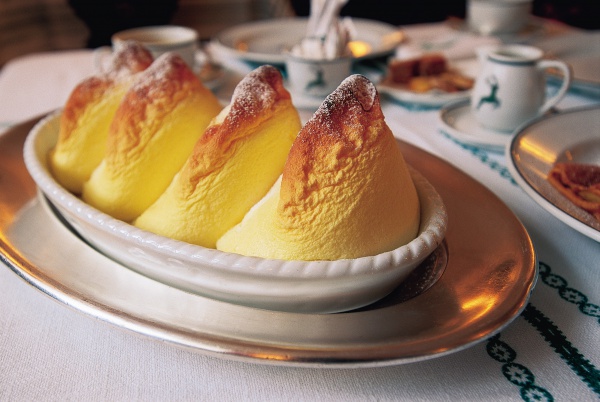Facts About Salzburger Nockerl
Salzburger Nockerl is a delightful sweet soufflé originating from the picturesque Austrian city of Salzburg. This cherished dessert is made from a simple yet delectable blend of egg yolks, flour, sugar, and vanilla, with fluffy beaten egg whites gently folded in. The result is light, airy dumplings that are baked at a low temperature until golden brown and then served warm, typically dusted with powdered sugar and sometimes accompanied by raspberry sauce. Though typically enjoyed as a dessert, Salzburger Nockerl is substantial enough to be served as a main course.
This dish isn't just a treat for the taste buds; it holds a special place in Austrian culture, standing proudly alongside other traditional favorites such as Kaiserschmarrn and Apple Strudel. According to legend, Salzburger Nockerl was created by Salome Alt, the mistress of Prince-Archbishop Wolf Dietrich Raitenau, in the early 17th century. The golden, fluffy peaks of the Nockerl are said to symbolize the rolling hills surrounding Salzburg, with a dusting of powdered sugar representing the snow-capped mountains.
The cultural significance of this dessert is further emphasized by its appearance in Fred Raymond's 1938 operetta "Saison in Salzburg - Salzburger Nockerln" where the sweet dumplings are poetically described as "Süß wie die Liebe und zart wie ein Kuss" (Sweet as love and tender as a kiss). With its rich history and enduring charm, Salzburger Nockerl continues to be a treasured part of Austrian culinary tradition.

 Czech Republic
Czech Republic